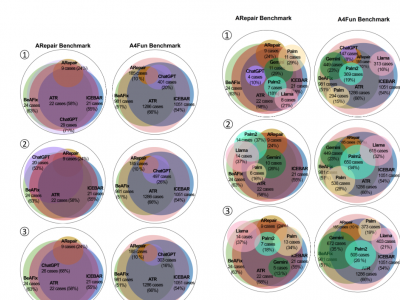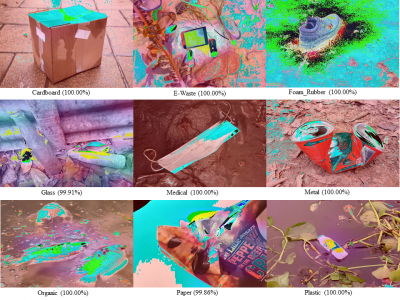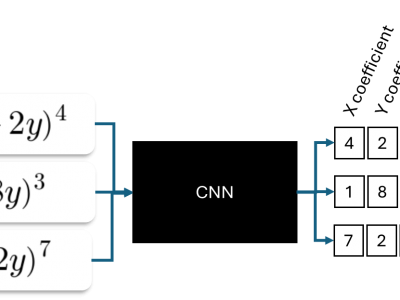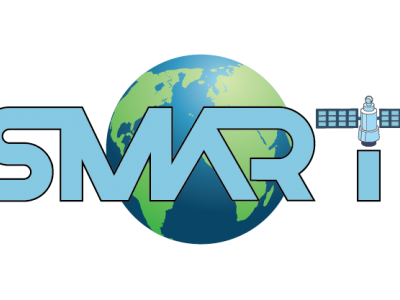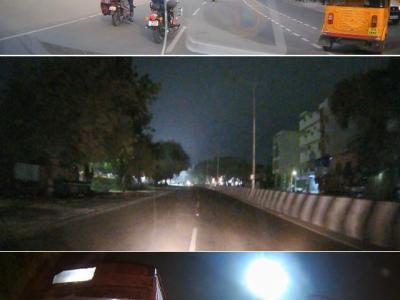Machine Learning
The growing adoption of declarative software specification languages, coupled with their inherent difficulty in debugging, has underscored the need for effective and automated repair techniques applicable to such languages. Researchers have recently explored various methods to automatically repair declarative software specifications, such as template-based repair, feedback-driven iterative repair, and bounded exhaustive approaches. The latest developments in Large Language Models (LLMs) provide new opportunities for the automatic repair of declarative specifications.
- Categories:
 227 Views
227 ViewsThe TUROS-TS encompasses 5,357 Google Street View images with 8,775 traffic sign instances covering 9 categories and 28 classes. Three subsets of the dataset were created: test (10%-1050 images 579), validation (20% -1050 images), and training (70% - 3728 images). It is available upon request. If you want to train and test the data set. Please send an email to afef.zwidi@regim.usf.tn
- Categories:
 58 Views
58 Views
This dataset was collected to support research on the screening and diagnosis of Diabetic Peripheral Neuropathy (DPN) and Cardiac Autonomic Neuropathy (CAN) using wearable sensor technology. It includes synchronized data from gait analysis and physiological signals such as electrocardiogram (ECG), heart rate variability (HRV), and inertial measurement units (IMUs) obtained from individuals with and without DPN and CAN.
- Categories:
 162 Views
162 Views
Clean energy technologies, encompassing renewable resources like solar, wind, and hydropower, are essential in the global effort to reduce greenhouse gas emissions and combat climate change. As the globe prepares to transition away from fossil fuels, understanding the factors and parameters influencing the penetration of clean energy into existing energy markets has become a critical step. Controversies surrounding the environmental impacts of renewable technologies, variability in market structures, and economic pressures on clean energy companies can complicate this transition.
- Categories:
 84 Views
84 Views
This dataset provides electromagnetic spectrum feature data for target recognition in combat formations, supporting both closed and open set scenarios. It includes three subsets: a closed set with known target types, open set 1 with one unknown target type, and open set 2 with multiple unknown target types. Each dataset contains extracted target features, adjacency matrices representing communication links, and ground truth labels. The dataset covers radar and communication attributes, including carrier frequency, pulse characteristics, modulation types, power, and movement parameters.
- Categories:
 19 Views
19 ViewsAn automatic waste classification system embedded with higher accuracy and precision of convolution neural network (CNN) model can significantly the reduce manual labor involved in recycling. The ConvNeXt architecture has gained remarkable improvements in image recognition. A larger dataset, called TrashNeXt, comprising 23,625 images across nine categories has been introduced in this study by combining and thoroughly analyzing various pre-existing datasets.
- Categories:
 335 Views
335 Views
This repository contains the code and documentation for a computational framework that leverages machine learning techniques to enable accurate classification of bacterial species, even closely related strains.
The framework integrates genomic analysis methods, such as motif screening and single nucleotide polymorphism (SNP) extraction, to derive informative features from bacterial genomes. These genomic insights are then fed into machine learning models, which are trained to reliably differentiate between bacterial species based on their distinctive patterns and characteristics.
- Categories:
 60 Views
60 ViewsThe IARPA Space-Based Machine Automated Recognition Technique (SMART) program was one of the first large-scale research program to advance the state of the art for automatically detecting, characterizing, and monitoring large-scale anthropogenic activity in global scale, multi-source, heterogeneous satellite imagery. The program leveraged and advanced the latest techniques in artificial intelligence (AI), computer vision (CV), and machine learning (ML) applied to geospatial applications.
- Categories:
 141 Views
141 ViewsThe Dash Cam Video Dataset is a comprehensive collection of real-world road footage captured across various Indian roads, focusing on lane conditions and traffic dynamics. Indian roads are often characterized by inconsistent lane markings, unstructured traffic flow, and frequent obstructions, making lane detection and traffic identification a challenging task for autonomous vehicle systems.
- Categories:
 425 Views
425 Views